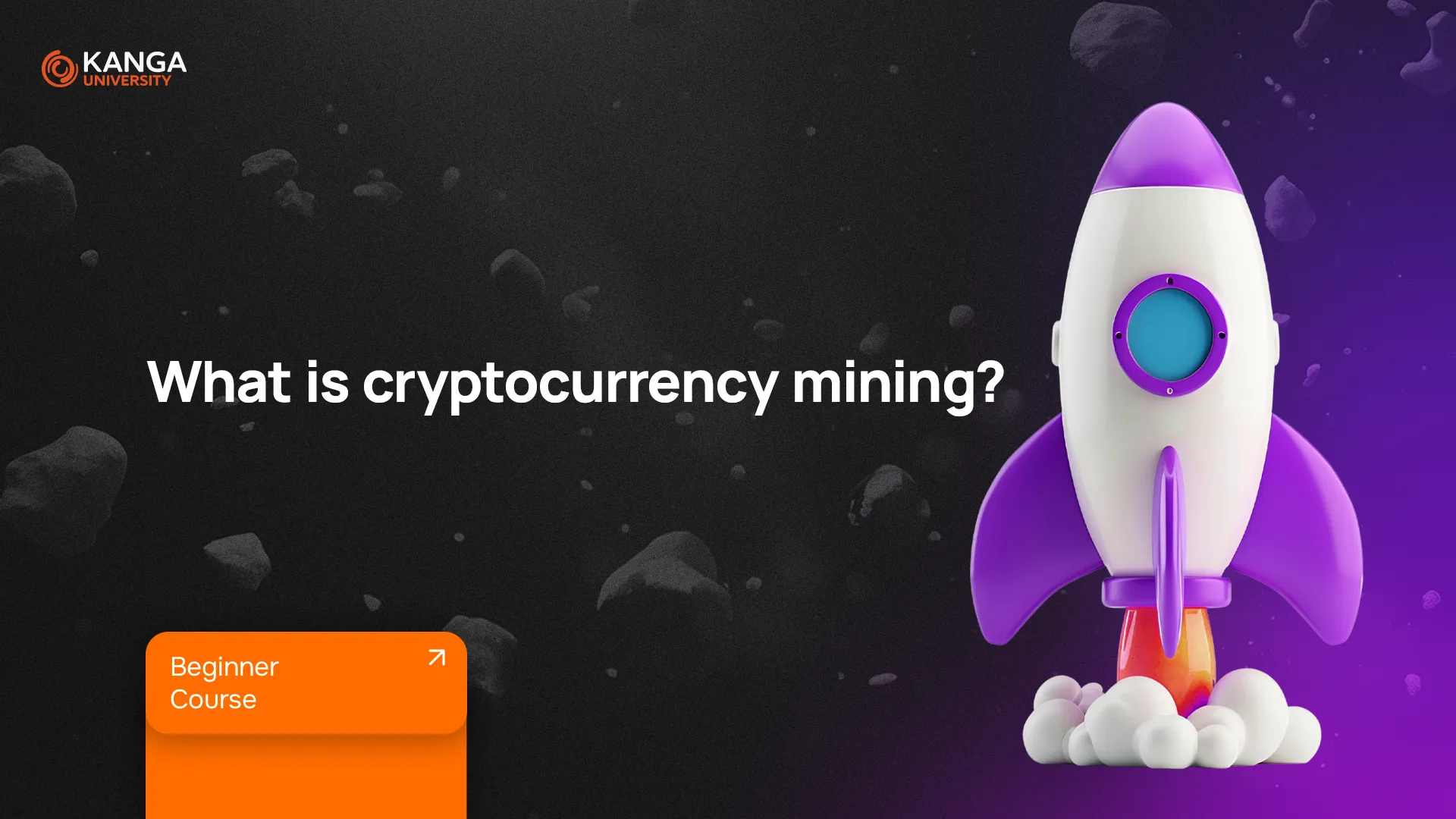
Today, we dive into the technical side of cryptocurrency mining—the process of securing a decentralized ledger by solving complex mathematical puzzles using proof-of-work algorithms. If you’re curious about how specialized machines process data to verify transactions and generate new digital currency units, this lesson will give you the essential insights.
What Is Cryptocurrency Mining?
Cryptocurrency mining involves using computer processing power to solve advanced mathematical problems. This process not only brings new coins into circulation but also plays a crucial role in verifying and securing the transactions recorded on the blockchain. In return, miners receive rewards in the form of new cryptocurrency units.
How Does Mining Work?
Think of the blockchain as a decentralized digital ledger that records every transaction. Miners employ cryptographic algorithms to solve a unique mathematical puzzle. Once solved, a new block is added to the chain, ensuring that the network remains secure and the data remains intact.
Methods of Cryptocurrency Mining
There are several mining methods, each differing in hardware requirements and efficiency:
-
GPU (Graphics Processing Unit):
This method uses graphics cards, which are combined in specially built platforms to boost processing power. It requires proper cooling systems and a stable internet connection. -
ASIC (Application-Specific Integrated Circuit):
These devices are designed specifically for mining certain cryptocurrencies. Although the initial cost is higher, ASICs offer significantly enhanced efficiency through optimized algorithms. -
Cloud Mining:
With cloud mining, you rent computing power from companies that own large data centers. You don’t have to invest in your own hardware, but additional service fees apply. -
CPU (Central Processing Unit):
Mining with a standard computer processor is the least effective method, as regular CPUs often lack the necessary power and can overheat under intensive tasks.
Who Mines Cryptocurrencies?
Individuals engaged in mining are known as miners. Even if you don’t plan to become a professional miner, understanding how these mechanisms work is valuable. It helps you grasp how transactions are verified and how the blockchain remains secure.
Why Is Mining So Important?
In a decentralized cryptocurrency ecosystem, there is no central authority overseeing transactions. Miners validate transactions and add them to the blockchain by solving mathematical puzzles. Their work prevents fraud—such as double-spending—and builds trust in the system by maintaining its integrity and security.
Mining Profitability
While cryptocurrency mining can be a lucrative way to generate income, several key factors must be considered:
-
Choice of Cryptocurrency:
Not every digital coin offers the same profit potential. Many miners focus on popular cryptocurrencies like Bitcoin. -
Hardware and Energy Costs:
Investments in specialized equipment and high energy consumption directly affect profitability. -
Difficulty Level:
As more miners join the network, the system increases the puzzle difficulty, which can impact mining efficiency.
Online profitability calculators can help determine whether your investment in equipment and energy costs will yield real returns.
Advantages and Disadvantages of Cryptocurrency Mining
Advantages:
-
Potential Profit:
Mining offers the chance to generate additional income through earning new coins. -
Technological Insight:
It provides a hands-on opportunity to understand how blockchain and advanced cryptographic algorithms operate.
Disadvantages:
-
High Costs:
The expense of acquiring specialized equipment and the energy required can be significant. -
Environmental Impact:
Intensive energy consumption associated with mining can negatively affect the environment. -
Technical Complexity:
The sophisticated nature of mining can pose challenges, especially as market conditions evolve.
Summary
Cryptocurrency mining forms the backbone of blockchain security, relying on advanced algorithms and significant computing power. This process not only introduces new digital coins into circulation but also ensures that every transaction is verified and protected. Whether you opt to buy cryptocurrencies on an exchange or try your hand at mining, understanding these processes is key to navigating the dynamic world of digital currencies.